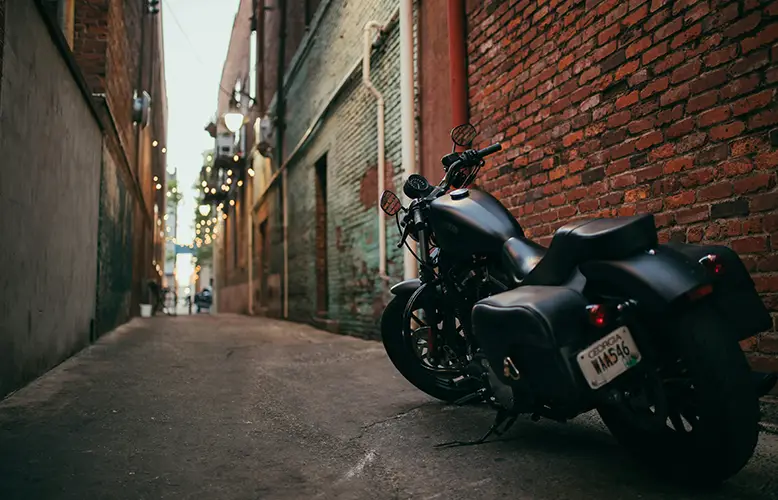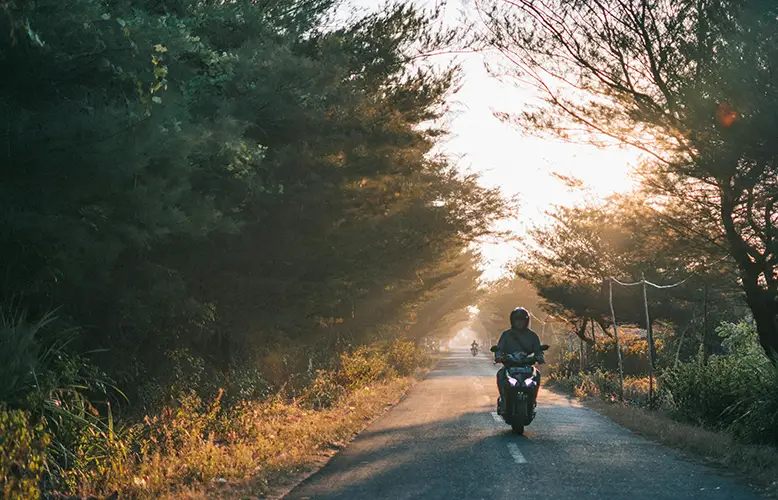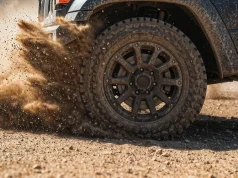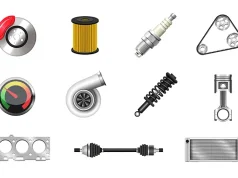Renting a motorcycle can be one of the most liberating ways to explore a new destination or add variety to a familiar one. Whether you’re weaving through scenic coastal roads, climbing mountainous trails, or cruising across desert highways, a motorcycle offers an unmatched sense of freedom and immersion in the journey. For a smooth and enjoyable experience, you need to know the ins and outs of the rental process.
Unlike renting a car, motorcycles come with unique risks, responsibilities, and requirements. If you’re considering renting for the first time, or even if you’re a seasoned rider planning a trip abroad, understanding the key dos and don’ts will help you avoid unnecessary costs, frustrations, or safety issues.

Research the Rental Company’s Reputation
Before choosing your rental partner, take time to review customer feedback, inspect company websites, and evaluate their fleet options. The quality and reliability of the company are critical. A reputable rental agency will have well-maintained bikes, transparent pricing, clear contract terms, and responsive customer service.
It’s worth checking how long the company has been in business, whether they offer insurance options, and what support they provide in case of breakdowns. Riders should prioritize companies that value safety and client education over just getting a vehicle out the door.
If you’re traveling internationally, see if the company has English-language support or rider briefings. Miscommunication around contract clauses or operating guidelines can quickly escalate into a costly problem abroad.
Know the Requirements Before You Rent
Each country and even each state or province has different licensing rules for motorcycle rentals. Some locations may allow standard driver’s license holders to rent scooters under 50cc, while others require a full motorcycle endorsement regardless of engine size. If you plan to rent a motorcycle abroad, research licensing requirements well in advance and carry the necessary paperwork. Some rental companies may offer guidance for securing a temporary international riding permit. Others may restrict rentals based on age or experience. If you’re under 25, you may face additional fees or be limited in the types of bikes you can rent.
For those hoping to ride sport bikes or tourers, ensure your license covers the correct class. More powerful motorcycles often come with steeper insurance premiums or require demonstration of advanced skills. Knowing all these variables before ensures you’re not caught off guard when picking up your ride.
Inspect the Motorcycle Before You Ride
Once you’ve selected your bike, give it a thorough inspection before leaving the lot. Look for any visible scratches, dents, tire wear, brake condition, and fluid levels. Confirm that the lights, indicators, horn, and mirrors are functional. If you find anything questionable, photograph it and notify the rental agent immediately.
Take a few moments to understand how the controls work on your specific model. Even if you’ve ridden extensively, different bikes have unique ergonomics and quirks. Adjust mirrors and seat height before you hit the road.
Some companies may have a pre-rental checklist or video walkthrough. Use this to confirm all agreed-upon damage points and avoid liability disputes later. If one isn’t provided, create your own record; it’s a small step that can prevent big issues.
Don’t Skip Insurance or Waivers
Motorcycle insurance is more complicated than it seems. Depending on the rental company, you may be covered through your travel insurance, credit card, or an in-house plan. Regardless, it’s crucial to confirm the level of coverage. Ask what’s included in the policy: Does it cover theft? What about medical coverage or damage to third parties? Are roadside assistance and towing part of the package?
If you’re not comfortable with the rental company’s basic plan, inquire about supplemental insurance. Yes, it may increase your daily cost, but it could save you thousands in case of an accident or breakdown.
Keep in mind that some personal insurance policies exclude motorcycles entirely or may not apply when traveling outside your home country. A quick call to your insurance provider can clear up these details and provide peace of mind.
Ride Responsibly and Adapt to Local Conditions
Every region has its own traffic patterns, road quality, and rider etiquette. Be cautious when riding in a new area, and don’t assume that local drivers will follow the same rules you’re used to. Lane filtering, turning rules, and right-of-way customs vary widely.
Stick to familiar terrain and weather conditions when possible if you’re new to motorcycling. Wet or sandy roads, high elevations, and urban congestion all add risk. Always wear appropriate safety gear, even if it’s not legally required. A helmet, gloves, and an armored jacket are non-negotiables for safe riding.
Avoid night rides in unfamiliar areas. Reduced visibility, fatigue, and a greater likelihood of wildlife or drunk drivers all increase danger after dark. If you must ride at night, make sure your lights are in excellent condition and that your gear has reflective elements.
Don’t Forget to Plan Your Route
Impulse rides can be fun, but when renting a motorcycle, it’s better to plan ahead. Know where fuel stations, rest stops, and repair shops are located along your route. Mapping your journey helps you estimate ride times if you’re on a tight schedule or renting by the hour.
GPS units can be rented along with the bike or mounted to your phone. Just make sure your phone mount is secure and weatherproof. Offline maps are a smart backup in areas with weak cell reception.
Double-check any border crossing or restricted zone policies. Some rental agreements prohibit leaving the country or riding on certain terrain, such as off-road paths or mountain passes. Violating these terms could void your insurance or result in penalties.
Return the Bike in Proper Condition
Before returning the motorcycle, clean off any excessive dirt, mud, or bugs if the company has a cleanliness clause. Top off the fuel tank if required; many rental companies charge high refill fees for empty returns.
Do a final inspection with a staff member present, and ask for a signed receipt confirming the return condition. If no one is available, take time-stamped photos of the bike from multiple angles if you’re dropping it off after hours.
Check for personal items, riders often leave behind sunglasses, gloves, or even phones in saddlebags or under seats.

Renting a motorcycle can be the highlight of your travel experience or local adventure if done responsibly. By researching in advance, respecting the bike and the roads, and covering your legal and financial bases, you’ll set yourself up for a safe, smooth ride. A little preparation goes a long way in turning a rental experience into a story worth telling.





